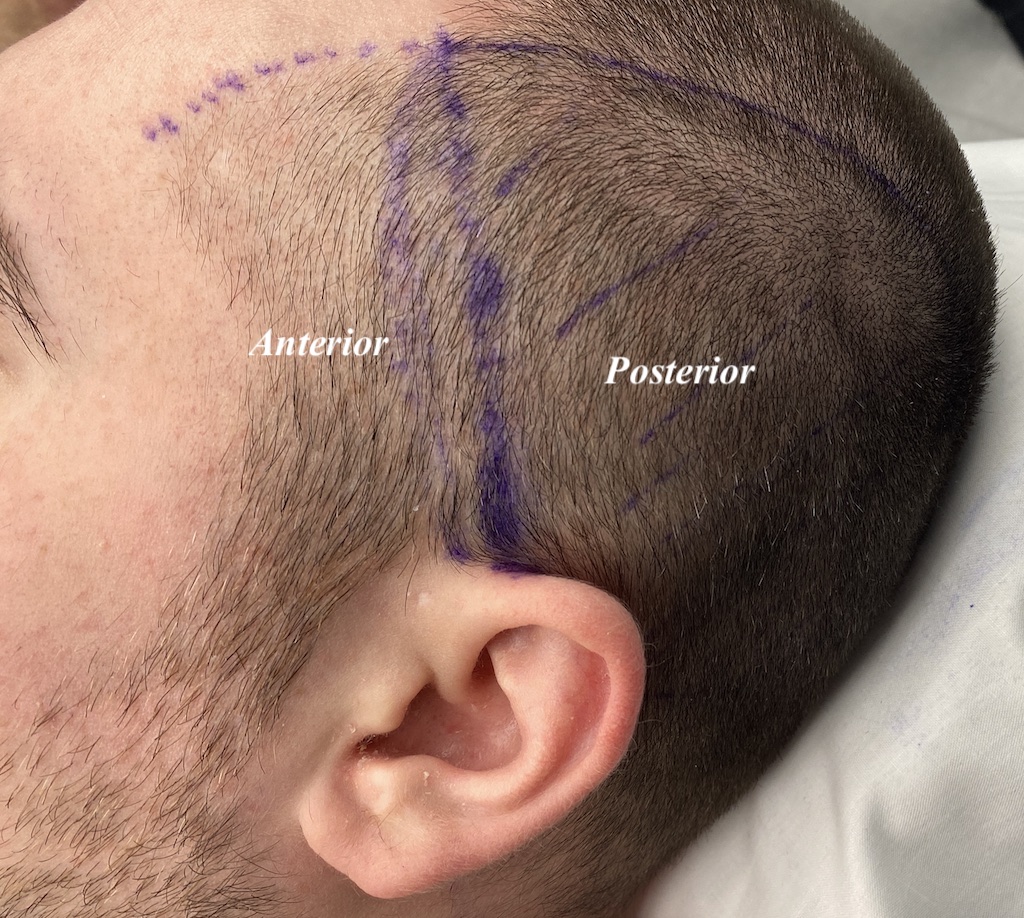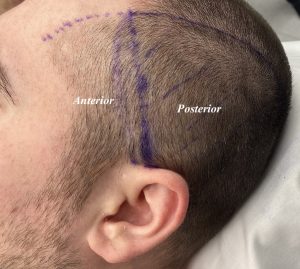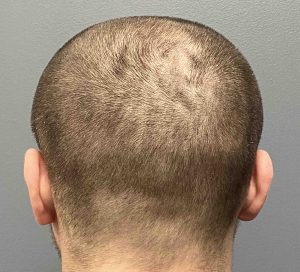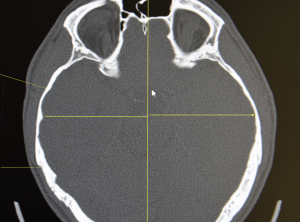
In lieu of a CT scan to determine the effectiveness of muscle removal for head width reduction there is an association between the size of the patient’s head, skin pigment, hair color and ethnicity and the size/thickness of the temporal muscle. There is also the bite test in which the size of the bulge of the muscle on the side of the head is indicative of the potential success of the procedure. Lastly if the width of the head decreases when the mouth is maximally opened this is also a preoperative test of effectiveness.
One potential patient concern with temporal muscle removal is loss of function. It is logical to assume that removal of part of the muscle will result in some loss of jaw opening. But it never has because the bulk of the temporal muscle is in the fossa or concavity of the temporal closer to the eye…which is not where the muscle for head width reduction is removed.
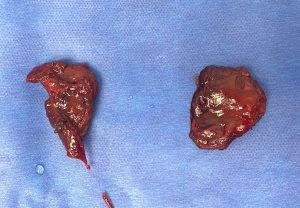
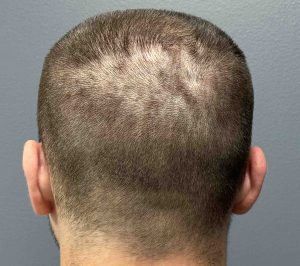

While it it true that the temporal muscle only makes up a portion of the thickness of the side of the head, it represents the easiest target for reduction. With no adverse functional sequelae from subtotal muscle removal and being able to be done in a scarless manner it is the most logical approach to head width reduction. There are more extensive approaches, including temporal bone burring reduction and even temporal scalp tucks, that provide even greater amounts of improvement but at the tradeoff of a visible scar along the side of the head.
Key Points:
1) Temporal reduction is the only effective treatment for an excessively convex or lightbulb-shaped head.
2) Temporal reduction is a scarless soft tissue surgery which removes the posterior portion of the temporal muscle.
3) While counterintuitive removal of a portion of the temporal muscle causes no functional issues. (decreased jaw range of motion)
Dr. Barry Eppley
World-Renowned Plastic Surgeon

